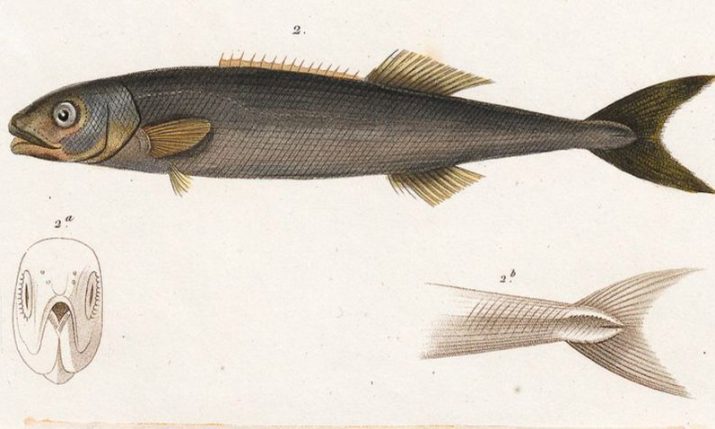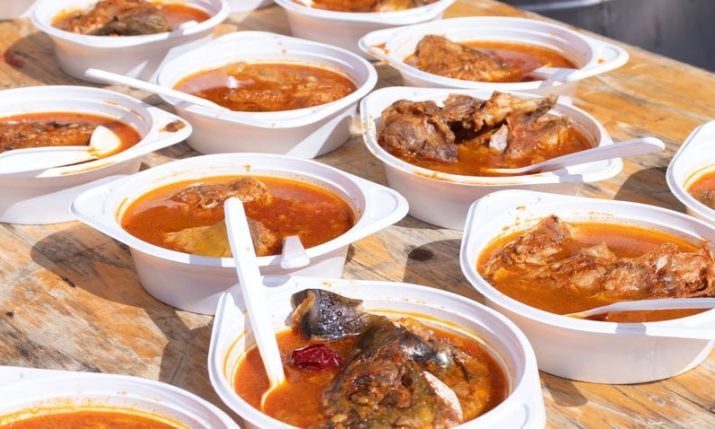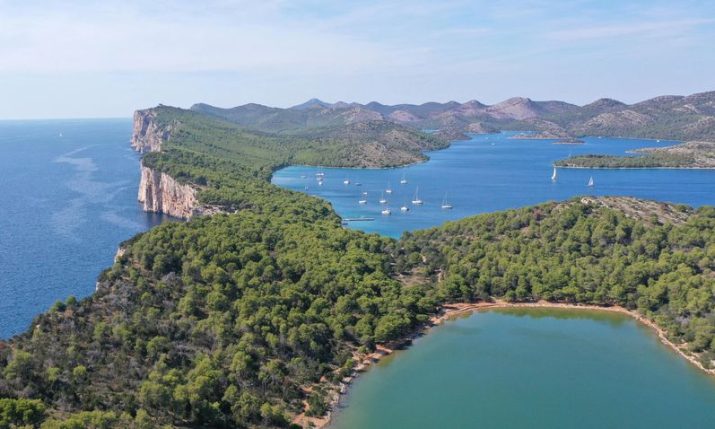Oldest Croatian island fish factory coming up with new flavours
- by croatiaweek
- in Business
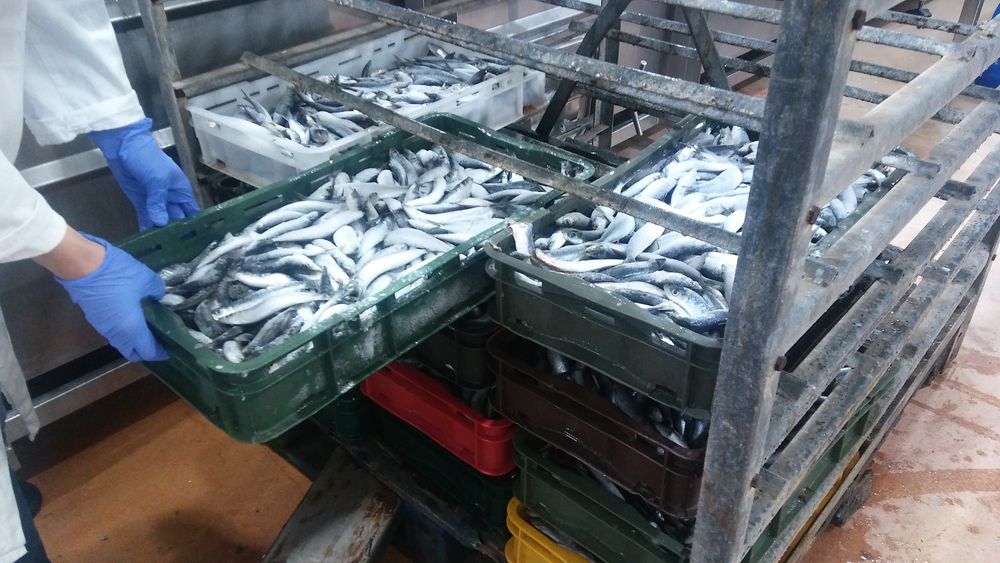
By Lora Tomas
“It’s from the Tommy store. And where they got it from – I’ve no clue,” says eighty-eight-year-old Mare, sitting at her kitchen table, as she extends a chocolate roll cake and a glass of red wine towards me. “Everything is made in factories nowadays,” she adds, then gets up from her chair, shakily, to answer the home phone – a relative she hasn’t talked to in a couple of years has rung her up from Canada to wish her a happy birthday. It’s not her birthday, he’s made a mistake, like the last time, but they keep chatting for a brief while.
When she comes back, she tells me she’s earned her pension here in Sali on the Croatian island of Dugi Otok, at the Mardešić fish factory, where she worked from 1949-80, and where, in the storage room, she exchanged first words with her husband.
The Mardešić factory, founded in 1905, used to occupy the building that now houses the Maritimo bar, located just opposite the ferry pier. “Where we once worked, the young now waste their time,” says Mare matter-of-factly. “In the ‘80ies, a new factory building was constructed across the cove, but I’ve never worked there.”
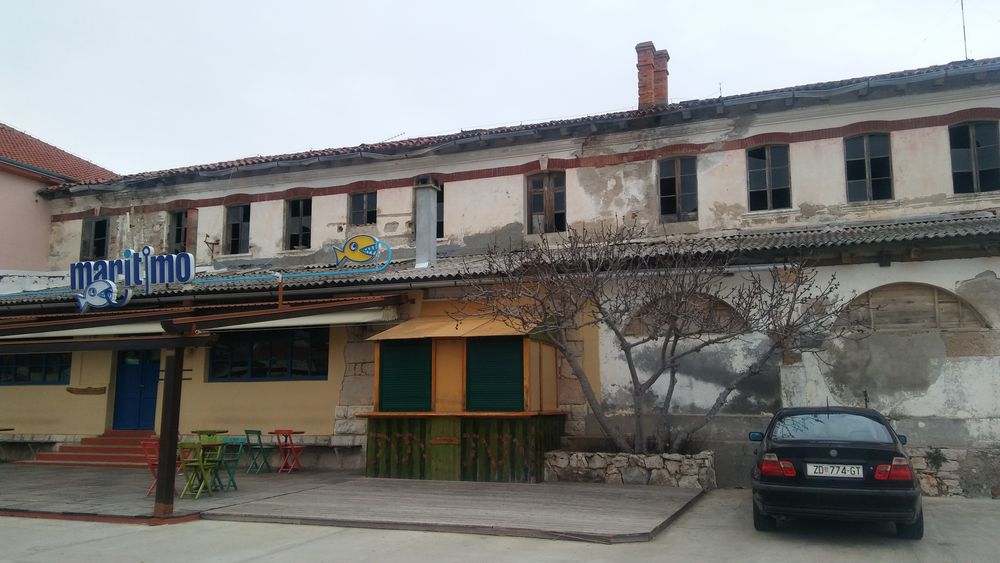
“Everything was done by hand – our hands touched the fish directly, and the fish is cold,” she continues. “We didn’t have gloves as they do now, only protective covers for fingers. I worked everywhere: in the barracks, in the brine facility, the cooling room, the storehouse, the cafeteria. There were no fixed working hours like today – we worked day and night. Overtime paid five percent more. In case of a really big catch, we’d come back to work even after dinnertime, after 10 pm, and stay as long as necessary. This was especially difficult for women who commuted by boats from Zaglav, Žman or Luka.”
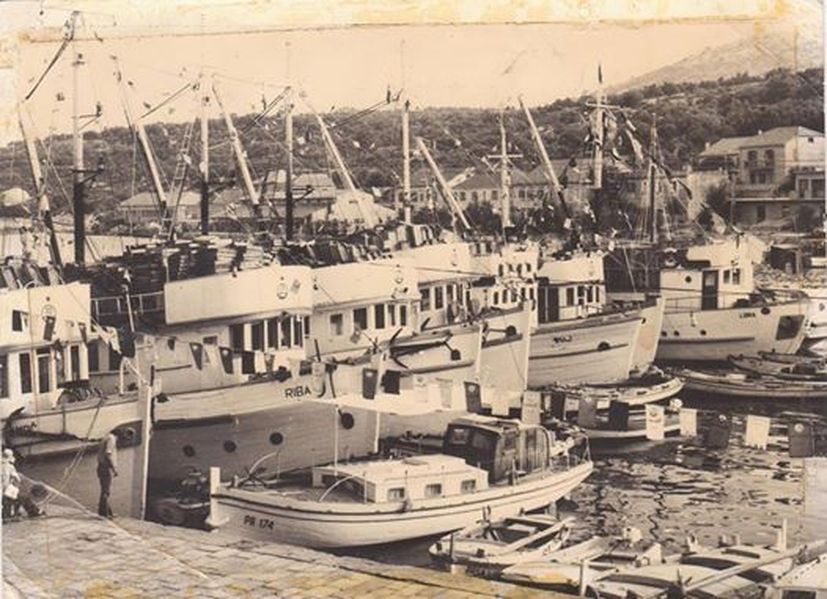
Originally from Zagreb, Tamara Milić has worked as a quality control specialist at Mardešić for six years now. As she is showing me around the factory, she explains that in 2017, they were partly bought by a Zadar company Pilchardus, whose founders also own Arbacommerce, a company which purchases and freezes the sardines, and processes the anchovies in their plant in Labin. Their foreign partner is the company Chancerelle, France’s oldest fish-processing company (with a subsidiary in Morocco), operating since 1853, and still a family-owned venture. “Every two or three months, their delegates come here to trains us,” Milić tells me.
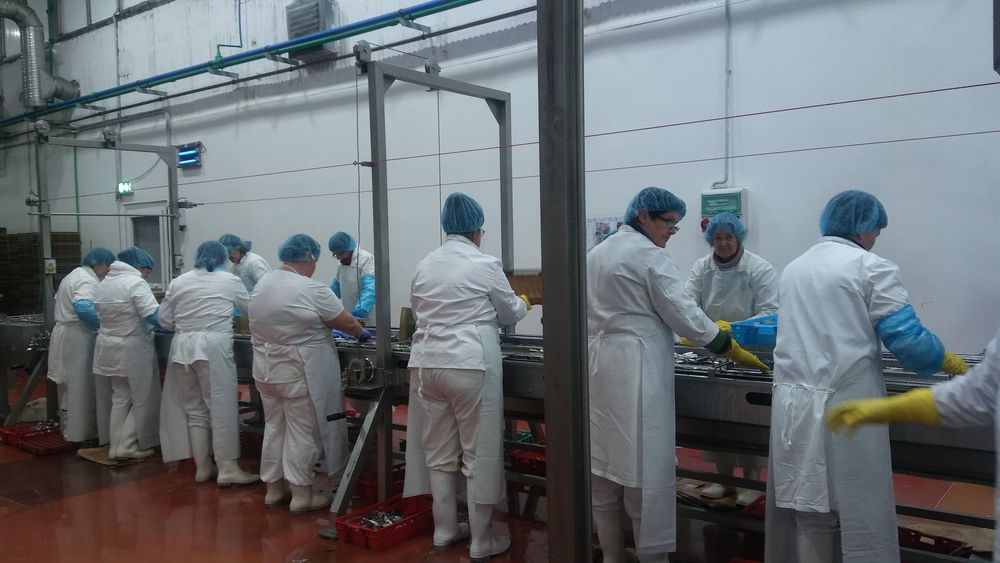
Currently, Mardešić employs around eighty workers, sales manager Lucija Šišeta tells me. Fifty percent of them are from Sali, the other half from Zadar, Slavonia, Ukraine, Bosnia, and Serbia. They take two-week collective vacations two times a year, in summer and winter, when the entire production stops and extensive maintenance work can take place. Weekends are free, unless they have to deliver a special order. Unlike in Mare’s times, there is only one, eight-hour shift – from 6 am to 2 pm. Just before the collective winter vacation this year, I find out, they celebrated the wedding of two employees, here on the factory premises.
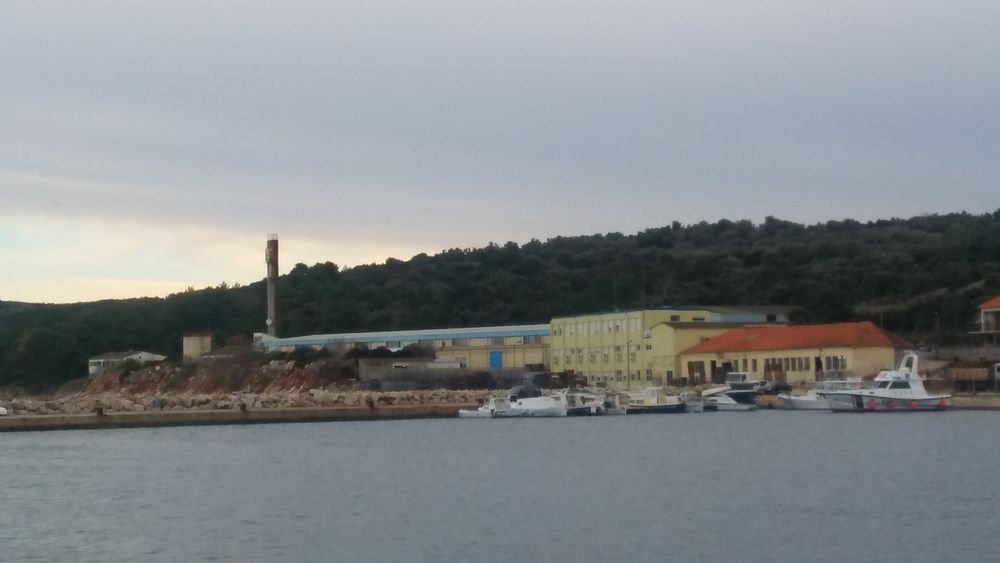
“Besides our cooperation with supermarket chain brands, we also deliver four products to the French market,” continues Šišeta. “Sardines in extra virgin olive oil, in bio olive oil, peanut oil, and the so called “nature” sardines, without oil and with the addition of lemon. For now, we’ve stopped processing tuna and mackerel, although we still ship anchovy – mostly as a semi-product.”
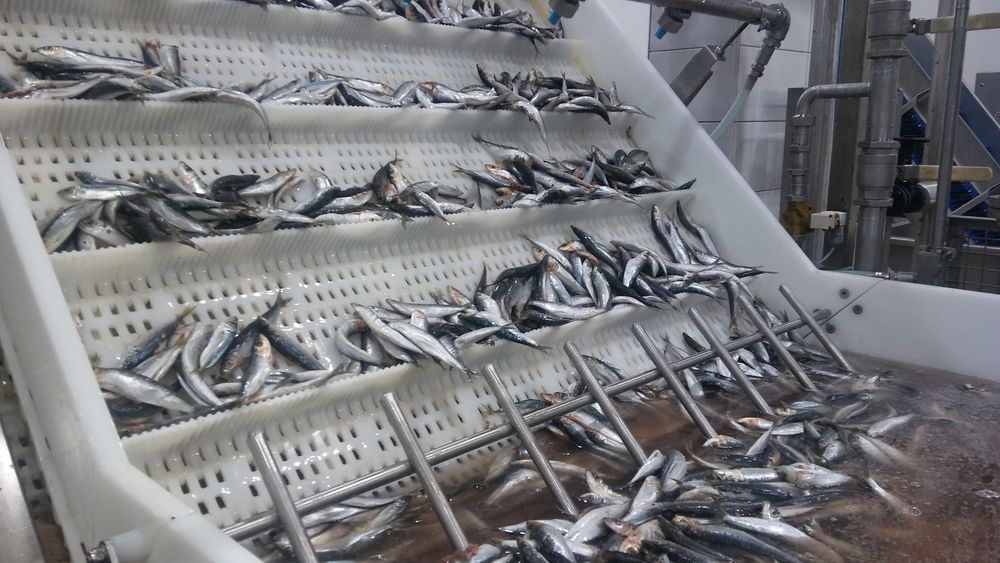
“Our new owners have decided to exclusively process the Adriatic Sea sardine, recognized for its quality by the French market,” explains Darko Bonja, head of sales and acquisition, who has been with Mardešić for the last forty years. “It wasn’t justifiable to buy tuna and mackerel from overseas and process it here.”
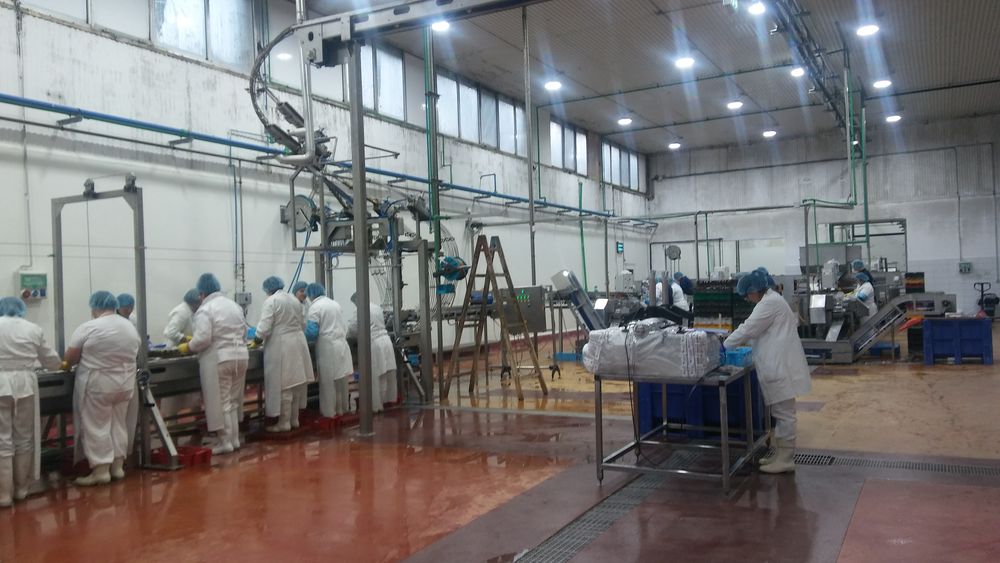
“Mardešić has meant a lot for Sali, and this island in general, since its establishment,” Bonja continues. “Earlier, the factory had its own fleet, ten or so fishing vessels, along with transport ones, as there was no ferry back then – it was introduced only in the ‘80ies, when Mardešić employed around 460 people. Around 150 fishermen worked for Mardešić at the time. Mostly from Kali, as they are traditionally among the most skilled Croatian fishermen, but from here as well. And although we had no forklift truck, and everything had to be unloaded manually from the fishing vessels, the output was higher: twenty-four million cans.”

When Bonja started working here, there were between twenty to thirty fish factories in Croatia. Only the island of Vis had eleven, and now it has none. Mardešić used to employ all structures: from regular workers to electricians, mechanics, engineers, economists, and that is the reason this part of Dugi Otok has lost only fifty percent of the population. “In the ‘70ies, Sali counted 1400 inhabitants, now the number has halved,” Bonja tells me. “There are more Sali people living abroad than in Sali. Still, this is the only place on the island that can boast a kindergarten, a primary school, and some young people.”

In 2017, Mardešić entered an investment cycle that will continue until 2020. Parallel to that, they are making use of the available measures for co-funding of investments by the Ministry of Agriculture and the EU, and have submitted five projects so far. They have also secured new equipment for sardine processing so that in 2017, with almost the same number of workers, Mardešić produced 4.5 million cans, and the next year, 10 million.
However, in comparison to other EU countries, Croatia lags behind in fish consumption, and its fish industry is mostly oriented towards export: to Japan, Spain, Italy, Slovenia, etc. Helped by the initiatives like Riba Hrvatske – Jedi što vrijedi (Fish from Croatia – Eat quality) launched by the Croatian Chamber of Economy, in Mardešić they hope to change some of that by working on new flavours.

